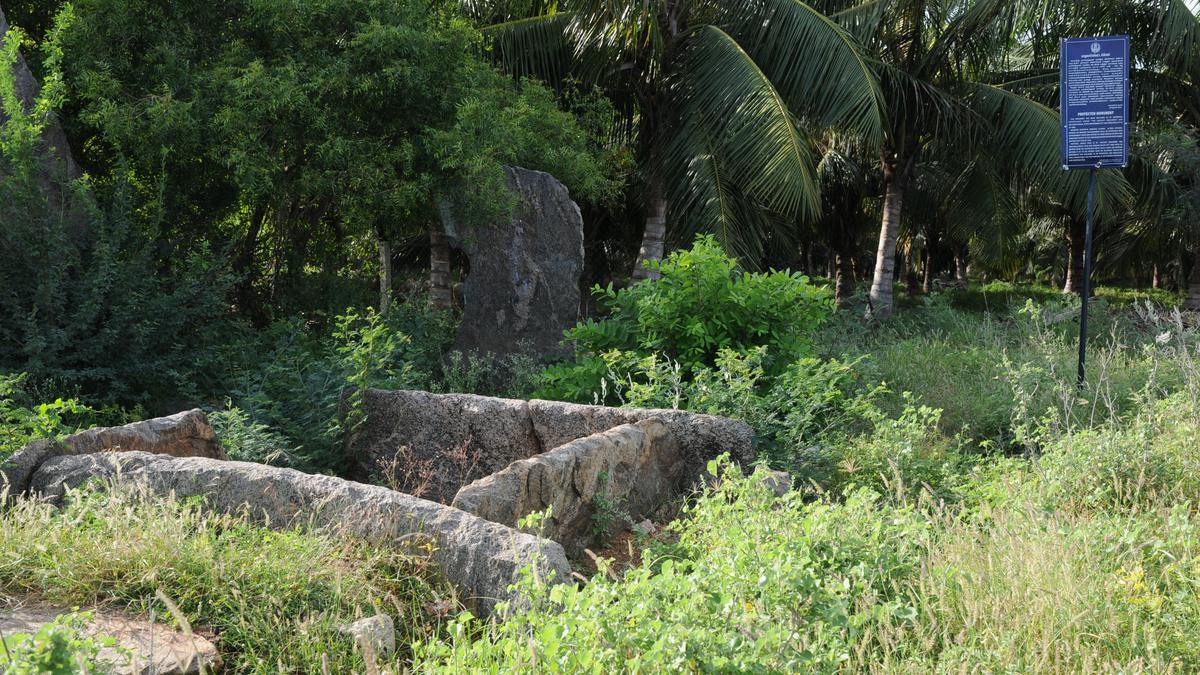Free Courses Sale ends Soon, Get It Now


Free Courses Sale ends Soon, Get It Now



Disclaimer: Copyright infringement not intended.
Context
Significance of Kodumanal
Other Important Information
Other Findings of Excavation near Kodumanal
Menhir
Megalithic burial sites
Types of these burial sites
Pit Circle graves
Cists
Laterite chambers
Capstone
|
Monuments of historical importance/Protected Monuments
|
Must read Article:
https://www.iasgyan.in/daily-current-affairs/agra-fort-1
|
PRACTICE QUESTION Highlighting the Megalithic burial sites in India, discuss how protected monuments help in preserving the history of mankind. What are the challenges faced in protection of such monument of national importance? (250 words) |
© 2024 iasgyan. All right reserved